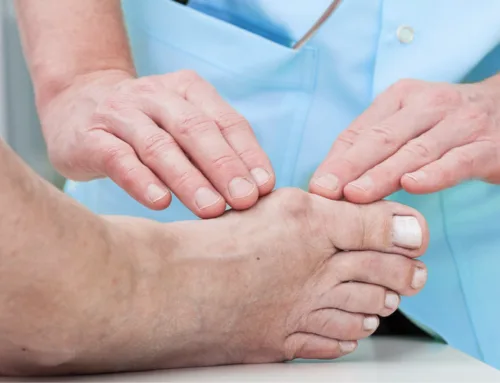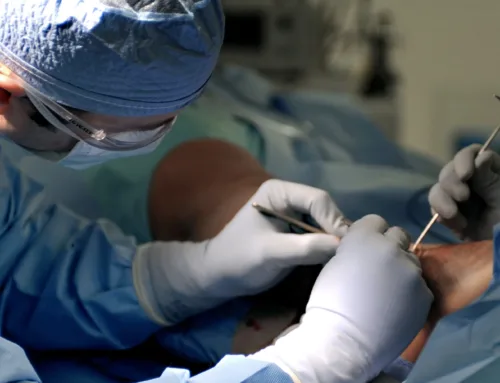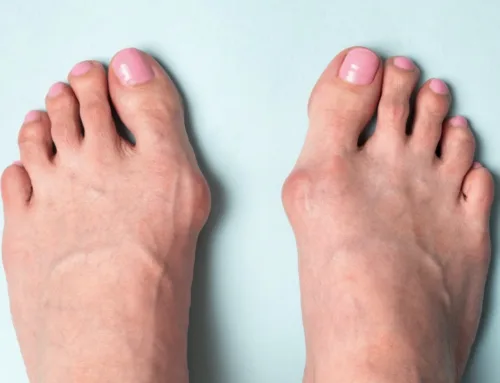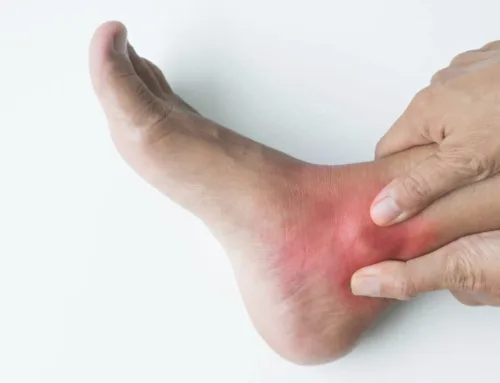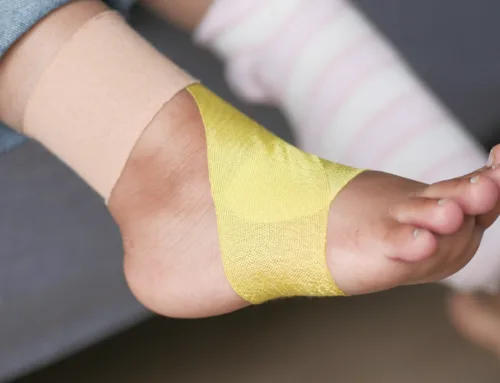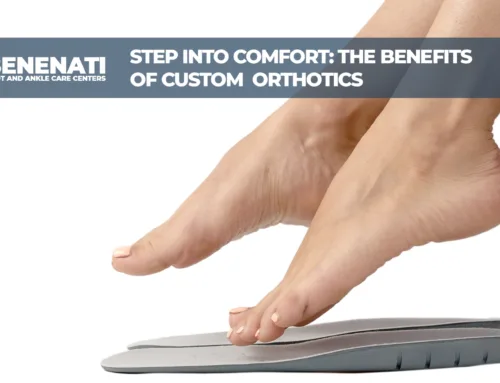Flatfoot Correction
Adult-acquired flatfoot or posterior tibial tendon dysfunction usually leads to a gradual loss of the arch. The posterior tibial muscle is a deep muscle in the back of the calf and has a long tendon that extends from above the ankle and attaches into several sites around the arch of the foot. The muscle acts like a stirrup on the inside of the foot to help support the arch. The posterior tibial muscle stabilizes the arch and creates a rigid platform for walking and running. If the posterior tibial tendon becomes damaged or tears, the arch loses its stability and as a result, collapses, causing a flatfoot.
Surgery is often performed to give the patient a more functional and stable foot. Several procedures may be required to correct a flatfoot deformity, depending on the severity of the problem. These may include:
- Tenosynovectomy a procedure to clean away (debridement) and remove any of the inflamed tissue around the tendon.
- Osteotomy removal of a portion of the heel bone (calcaneus) to move the foot structure back into alignment.
- Tendon Transfer in which replacement fibers from another tendon are inserted to help repair damage.
- Lateral Column Lengthening A procedure that implants a small piece of bone, usually removed from the hip, outside of the heel bone to create the proper bone alignment and rebuild the arch.
- Arthrodesis Fusing of one or more bones together to eliminate any joint movement, which stabilizes the foot and prevents any further deterioration or damage.
